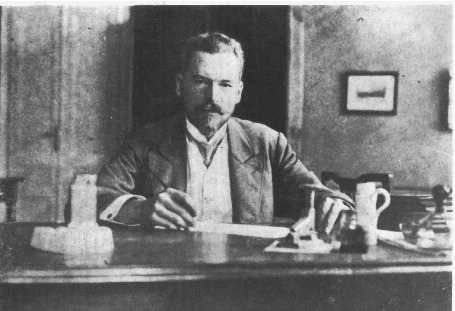I will describe recent progress in nonequilibrium thermodynamics based on stochastic thermodynamics and chemical reaction network theory. I will discuss the relevance of these results for biology and the many open challenges to be addressed.
A network of timed automata (NTA), inspired by Greenberg-Hastings cellular automata, can efficiently and faithfully reflects the work of the real pacemaker [1]. In this system, each automaton cyclically switches between three states of a certain length of time: from $F$ firing state of length $f$, to $R$ refractory state of length $r$ and then to $A$ activity state of length $a$, what...
Gene expression in cells is a stochastic process. Experiments have shown that noise in protein levels does not decrease to zero as mean gene expression increases. The origins of the noise floor are still debated. The goal of our study was to check how several basic mechanisms affect the noise floor level. These mechanisms are: Cell-cycle dependent gene expression, translational bursting,...
Characterization of the differences between biological and random networks can reveal the design principles that enable the robust realization of crucial biological functions including the establishment of different cell types. Previous studies, focusing on identifying topological features that are present in biological networks but not in random networks, have, however, provided few...
Ionic transport in nano- to sub-nano-scale pores is highly dependent on translocation barriers and potential wells. These features in the free-energy landscape are primarily the result of ion dehydration and electrostatic interactions. For pores in atomically thin membranes, such as graphene, other factors come into play. Ion dynamics both inside and outside the geometric volume of the pore...

